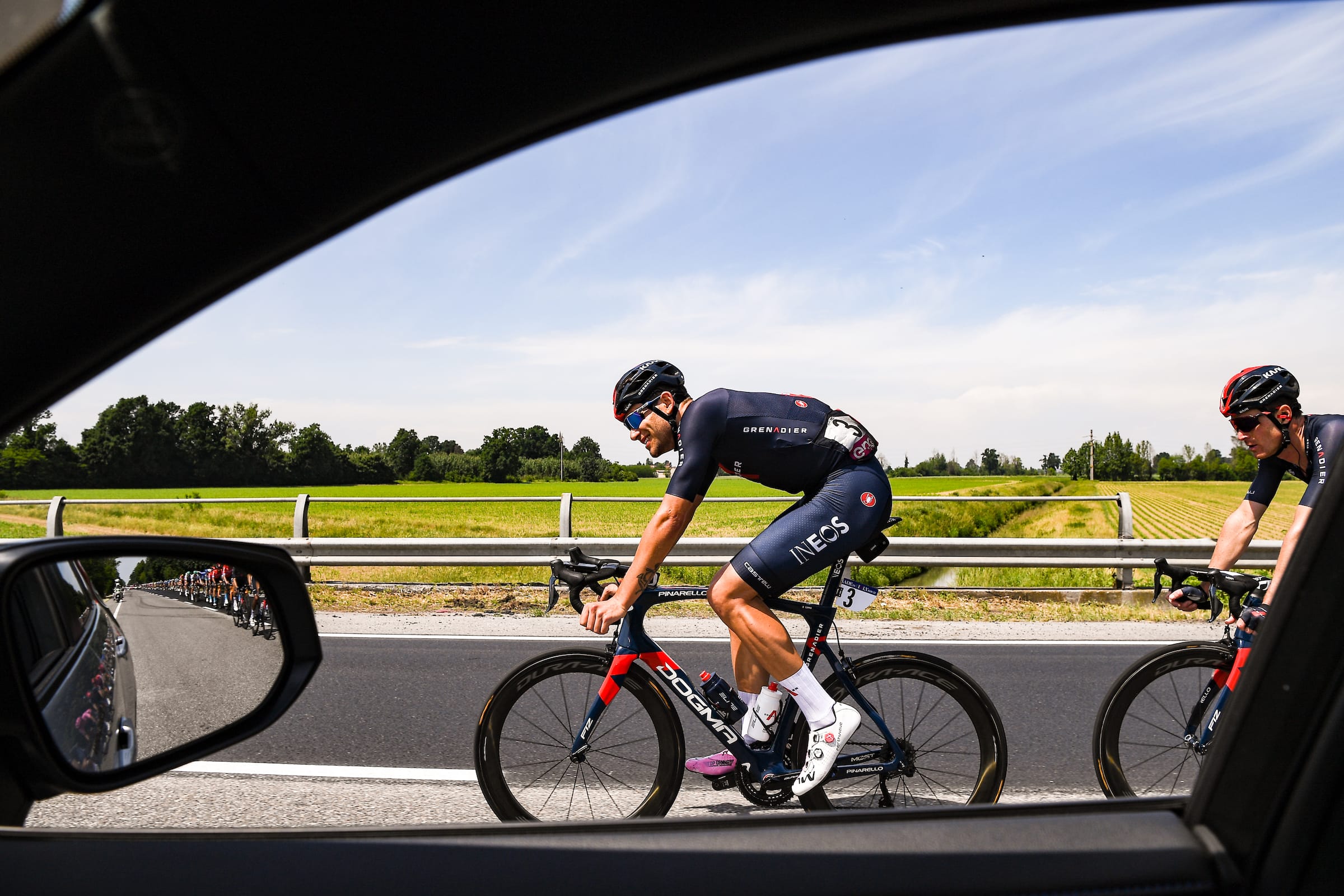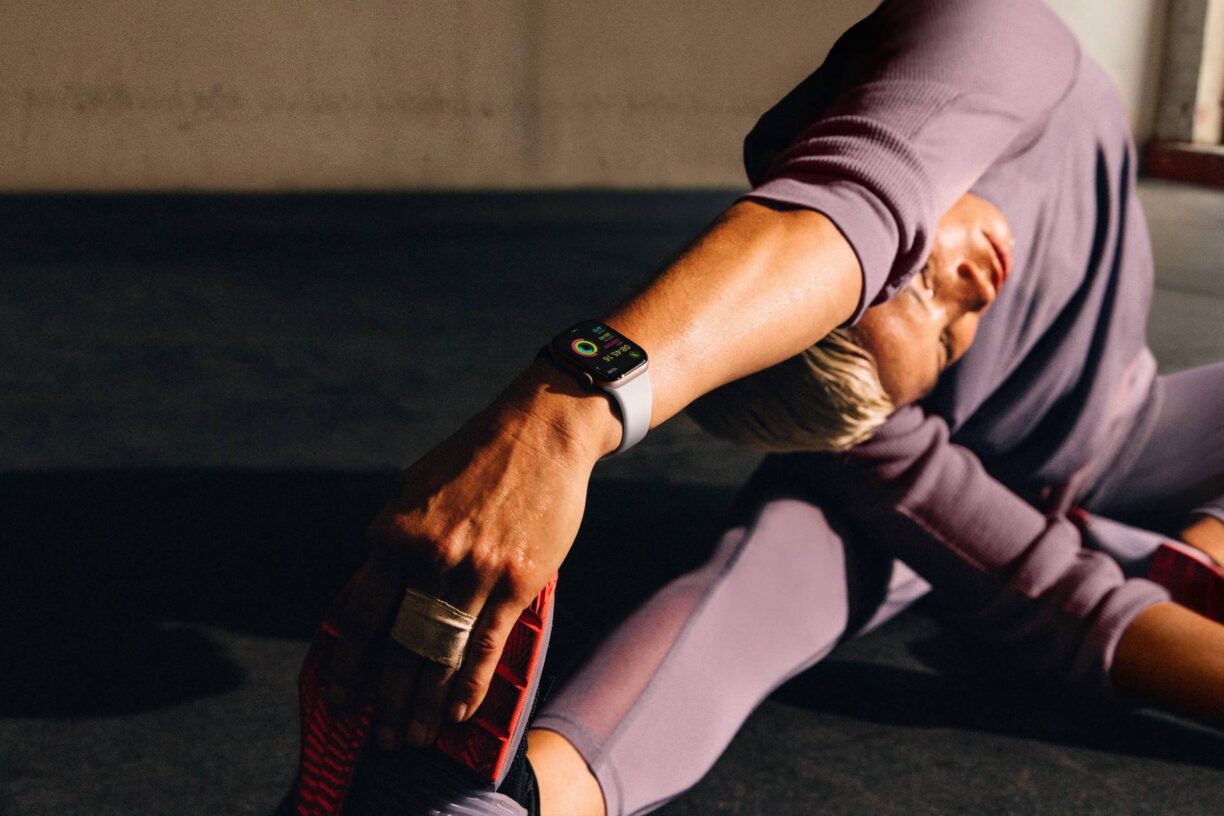At the beginning of the month, a Welsh cycling club was fined £7,000 upon collecting their bicycles after arriving in Spain.
Tap It Out suffered the charge prior to a charity event, finding the club not only struggling for cash but disheartened prior to their generous intentions after raising more than £16,000 for Prostate Cymru ahead of the trip.
While the cyclists were not provided with an adequate reason for the charge, many believe it may have been a consequence of recent Brexit regulation changes, some of which remain unclear despite the withdrawal occurring over two years ago.
As a result, we decided to speak with Quella’s, Chris Pengilley, who has compiled several tips on how to bring your bicycle abroad – and how to avoid any surprise fines!
1. Conduct research
“Brexit instigated several changes in regulations when taking your bicycle abroad. It is important to bear these in mind before you travel.
Unfortunately, the Covid-19 pandemic has added to complications, meaning that you should be aware of your destination’s policies in regards to Covid-19 and any travel conditions, such as full vaccination, before travel.
In addition, you should look into the cycling regulations of the country or countries that you will visit on your travels.
For example, you should be aware that it is mandatory to have a bicycle bell on your bike in Spain, or that it is compulsory to wear a high-visibility gilet when cycling through tunnels in Italy.
Once you have made sure you are able to travel to your destination, you should create an itinerary filled with potential routes. A pre-planned route will make your journey less stressful and provide peace of mind, so you can focus on enjoying yourselves.
Conducting thorough research will protect you from any unexpected fines – a quick Google will reveal any variations to British laws – or any unexpected dead ends!”.
2. Choose your method of transport
“Not only are there several ways to transport your bicycle – road, sea, or air, but these methods will have different rules – and prices.
Once you have made a selection of your chosen transportation method, you should contact different providers to conduct a price comparison, whilst bearing in mind the variations in the policy. For example, one provider may be cheaper, but your bicycle may exceed the weight limit.
As such, it is best to create an Excel spreadsheet in which you can easily collate the data required and make your life easy!”
3. Invest in insurance
“Some standard travel insurance policies fail to cover you if your bike is damaged during transit, or will only offer a minimal pay-out – so it is best to invest in a policy that suits your needs.
You should also make sure that your insurance policy of choice covers the countries you wish to travel to, and that the time period is sufficient to protect your trip.
Remember, it is not only your bike that needs to be ensured – make sure that you also purchase an insurance policy that covers yourself and anyone else attending your adventure. Medical costs in foreign countries can be expensive, so while the chance of an accident may be low, it is always best to be prepared.”
4. Check the weight limit for your mode of transport
“When conducting research in the first step, a priority will always be ensuring that your vehicle is within your chosen carrier’s weight limit. However, you should also remember that hand luggage or check-in baggage may also be subject to regulations.
For example, several airlines charge a flat fee for oversized bags which may come in handy for storing your spare parts and accessories. Cheaper airlines may therefore appear cheaper at first, but add up rapidly after you factor in your additional costs.
We recommend packing everything up for a trial run before you depart, allowing you to weigh your items and make any last-minute changes as necessary. Making sure you do will so save you significant hassle at the airport!”
5. Make sure your bike is in working order – before travelling!
“If you are taking your bicycle, rather than renting a bike whilst abroad, it is important to make sure your bicycle is in perfect working condition prior to the trip.
If not, imagine transporting your bike all the way to your destination – before noticing that you have travelled with dodgy brakes. These could render your bicycle near useless at a very expensive cost, so it is paramount to ensure that your bike is roadworthy before you pack it.
Doing so will also protect you in regards to insurance, as you can make a checklist of the condition of your bike before travelling and after, seeing if any dents or damage has occurred in transit.”
6. Purchase a good case
“A good case is all that separates your beloved bicycle from the outside world – and maybe a vital factor in how much or any damage received. Mistakes can happen, and while airline staff handle thousands of suitcases every day without incident, it is better to be safe, rather than sorry.
An expensive bike is not worth investing in a cheap case. As such, you should cover yourself by investing into a solid bike bag, such as a hard case or ‘bike box’. These protective cases are renowned as being the best for transporting your frame.
You should note that these cases can be heavier than standard bike cases, so you should factor this weight into your calculations prior to purchasing an item or attempting to check in – but knowing your bicycle is safe is worth every penny.”
7. Back it up
“A multi-tool and puncture repair kit will be your best friends in the event of anything going wrong on the road, and should be two of the first things you pack.
It is vital that you travel equipped with the correct tools to handle any form of emergency, such as a tyre puncture, spare inner tubes or even an extra set of brake pads, should yours rapidly deteriorate.
Purchasing a soft case for your tool kit may be a solid investment, but make sure to pack things in a sensible way, such as ensuring your multi-tool or allen key is checked in, as this may be confiscated by airport security.
You should additionally make sure to pack any necessary spares for your bicycle. Some bicycle models have unique parts, so if your bike has any components that aren’t sold by a standard cycling shop, we recommend you pack a spare. Examples of things you may want to take a second set of include a seat clamp, wheel spoke or even derailleur hanger.”
8. Pack sensibly
“Luggage is sometimes lost. While your bike is covered by insurance, several accompanying items may not be.
As such, we recommend packing your cycling shoes, clothing and even your bike’s pedals in your carry-on luggage – alongside anything else you can fit! Any items in your carry-on are your own responsibility, meaning they are more likely to stay secure, and you don’t have to worry about their whereabouts or condition. Just make sure to take it easy on the airport (or ferry) pints, so you don’t accidentally misplace anything!”





